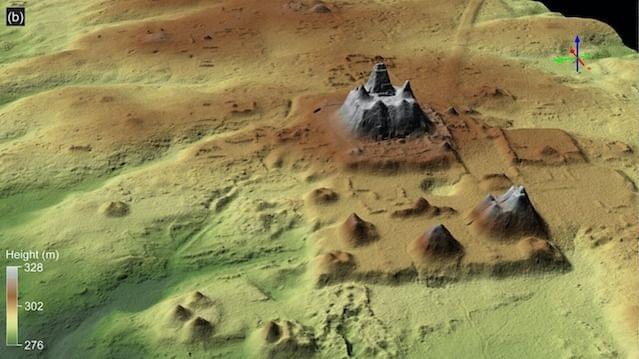For artificial intelligence, 2022 was a year of breakthroughs. Image generation models such as DALL-E, MidJourney and StableDiffusion came in early in the year, garnering much attention, and ChatGPT went viral near the end.
Riding on the euphoria generated by these technological developments, about $49 billion in venture capital was invested in AI in 2022 — 40% more than a year earlier, per CB Insights.
Yet, there has been little conversation about how AI will play a growing role in real estate, a more than $50 trillion asset class, and one of the key drivers of the global economy. We believe this represents a significant opportunity for real estate tech entrepreneurs.









